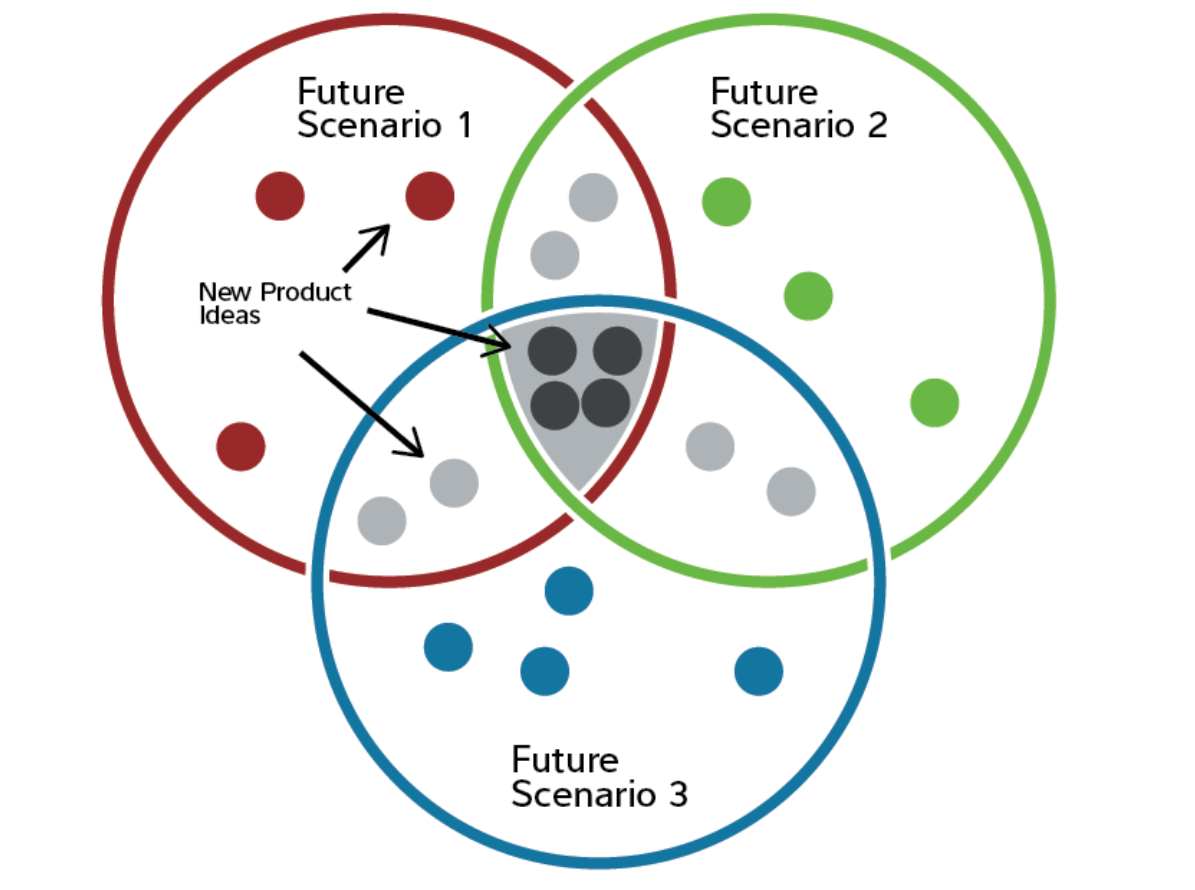Using Strategic Foresight to Guide Longer Range Innovation Investments
Note – this post is part of a series on using strategic foresight to influence longer-range innovation investments. The full Innovation Leader's Guide to Strategic Foresight is available for download.
Portfolio management is at the core of any innovation leader’s job, including what to put in the portfolio, how to manage resources over time, and how to transfer to the business unit and commercialize. And any company that invests in longer-range innovation faces two major challenges related to this portfolio management.
The first is best expressed by this quote from the late Steve Jobs:
“You can’t just ask people what they want and build it, by the time you’re finished they want something new.”
While the relevant timeframes vary by industry, most companies use consumer or customer intimacy to inform their near-term R&D project portfolio. Focus groups and ethnographic research give many industries, especially CPG firms, about a two-year view of what their consumers want to see in new products and services. So the real heart of this challenge is: How does a company select projects when the time to deliver major innovations often exceeds the time horizon of their consumer or customer understanding?
The second dilemma is best described by a saying attributed to Henry Ford:
“If I had asked people what they wanted, they would have said ‘faster horses’!”
Longer-range project portfolio questions cannot be answered by talking with, or observing, current consumers and customers. They have no idea what might be possible five, ten or twenty years from now, depending on the industry.

The Power of Strategic Foresight
Strategic foresight is a discipline that provides a structured way to investigate, not predict, the future. Fundamental to using strategic foresight to guide anything (corporate strategy, military plans, stock investments, government policy or longer-range R&D portfolios) is the development and use of scenarios. Scenarios are provocative, yet plausible, alternative views of the future in which we may find ourselves.
In the research and development context, strategic foresight is advanced portfolio management, where projects are selected based on robustness across multiple future scenarios, not a single financial metric or scorecard. A new product idea that appears in multiple futures is a pretty good bet! Leading practitioners of this approach require that any major R&D initiative perform well in all future scenarios.
Learn More

Strategic foresight enables organizations to build a unique perspective of the future, driving market entry at the right time with differentiated products and services. But not all foresight approaches are created equal.
Download the Innovation Leader's Guide to Strategic Foresight to learn more



